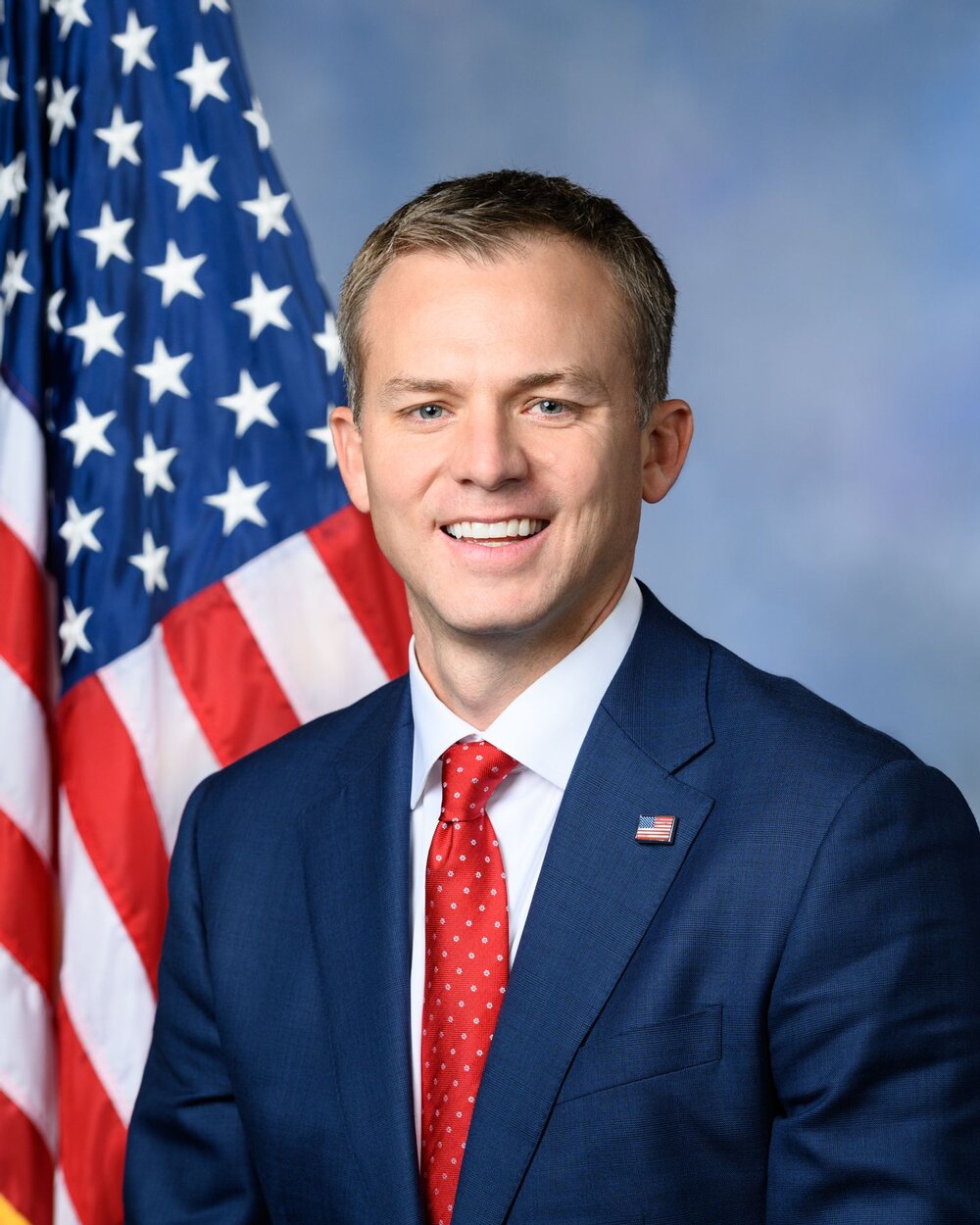Young People Power Into Statehouses and City Halls
January 4, 2019
This year will see the largest class yet of millennials entering legislatures. How will they shape politics and policies?

Republican Caleb Hanna, a 19-year-old elected to the West Virginia House in November, stands in front of the Republican headquarters in Summersville. (AP/Rick Barbero)
When legislatures open for session this year, some of them are going to look a lot younger. More than 800 millennials ran for state legislative seats in 2018, and roughly 275 won, according to the Millennial Action Project, a nonpartisan group that supports young people in politics.
“This will be the largest class of millennials in a new legislative session,” says the group’s president and founder, Steven Olikara.
These fresh faces in statehouses, along with other young newcomers in city halls, span the political spectrum.
Chris Chyung, a 25-year-old son of Korean immigrants who owns a real estate company, was elected as a Democrat to the Indiana House. He won by just 82 votes. He first became politically active two years ago and says he’s pushing for “education funding reform and more accountability for [charter schools] and virtual schools.”
On the Republican side of the aisle, 33-year-old farmer and firefighter Casey Snider is now the youngest state legislator in Utah.
John Celock, author of The Next Generation: Young Elected Officials and Their Impact on American Politics, says the 2016 election was a wake-up call for many millennials, especially those with progressive beliefs.
“What we saw in 2018 was a lot of people who came out of being Bernie Sanders supporters,” says Celock.
One of them was Rigel Robinson. When he was a sophomore at the University of California in famously liberal Berkeley, he co-founded the nation’s largest and most active student group for the 2016 Bernie Sanders presidential campaign. In November, the 22-year-old was elected as the youngest-ever member of the Berkeley City Council. In his new role, he hopes to “balance the tension between students and neighbors” as well as address the city’s housing crisis.
The ideological diversity of new twentysomething legislators is evident in Ohio, where 26-year-old Democrat Bride Rose Sweeney, who worked for the legislature, is currently the state’s youngest lawmaker — for now. She will relinquish that title this month to 24-year-old Republican Jena Powell. Each says she wants to shake up the status quo in a different way.
Powell is a conservative businesswoman who ran against government regulation and posed with her rifle in one campaign ad to tout her membership in the National Rifle Association. Sweeney, meanwhile, is a moderate Democrat who jokes that Hillary Clinton is her “Lord and Savior” and plans to focus on addressing the opioid crisis, workforce development and state funding for localities.
“Young people shouldn’t feel boxed into just talking about student loans or women’s issues,” says Sweeney.
Caleb Hanna is certainly one new legislator who doesn’t fit neatly in any box. As a young black child growing up in West Virginia, he was inspired by former President Barack Obama. But when he successfully ran for his state’s House of Representatives at the age of 19 last year, he did so as a Republican. He won despite opposition fliers from the Ku Klux Klan.
Hanna’s politics have been shaped by his father’s loss of his mining job, which he came to blame on Obama’s environmental policies. Today, Hanna talks about a Christian conservatism of “God, guns and babies” and says he supports President Donald Trump “100 percent.”
Are Young Lawmakers Less Partisan?
Despite their ideological differences, Celock says young lawmakers tend to have some things in common.
“The one thing we definitely see from young elected officials is enthusiasm,” he says, “a willingness to get involved, try new ideas, but also to work with everybody and have a bipartisan approach.”
Olikara of the Millennial Action Project agrees. “Millennials were very motivated in this past election to fix the political system, specifically gerrymandering,” he says, “and they’re not traditionally partisan.”
Some young candidates get into politics to address a specific issue. Democrat Cassandra Levesque, a 19-year-old former Girl Scout, was prominently featured in The New York Times after her election to the New Hampshire House on a platform of abolishing legal child marriage. The same article mentions the signature priority of West Virginia’s Hanna: career and technical education.
Beyond policy, electing young people in down-ballot races is a way for both parties to “build their bench” and cultivate future candidates for federal office.
“A lot of those young people — young progressives who have just been elected to office — will carry the torch for years to come,” says Robinson, the new city councilor. “A future president of the United States may have just been elected to an office you’ve never heard of.”
In the meantime, the mere presence of these politicians can be a powerful statement. That’s a point Pete Buttigieg, the Democratic mayor of South Bend, Ind., made in a recent interview with Vanity Fair.
“One thing I noticed, running for mayor in my twenties: Your face is your message,” he said. “Just the fact that you’re running. A young person running for office is an act of hope.”
Graham Vyse | Staff Writer






Join 1,900+ BIPARTISAN LEADERS NATIONWIDE
Be a part of a network of lawmakers committed to governing effectively, passing more representative public policy, and increasing public trust in democracy.